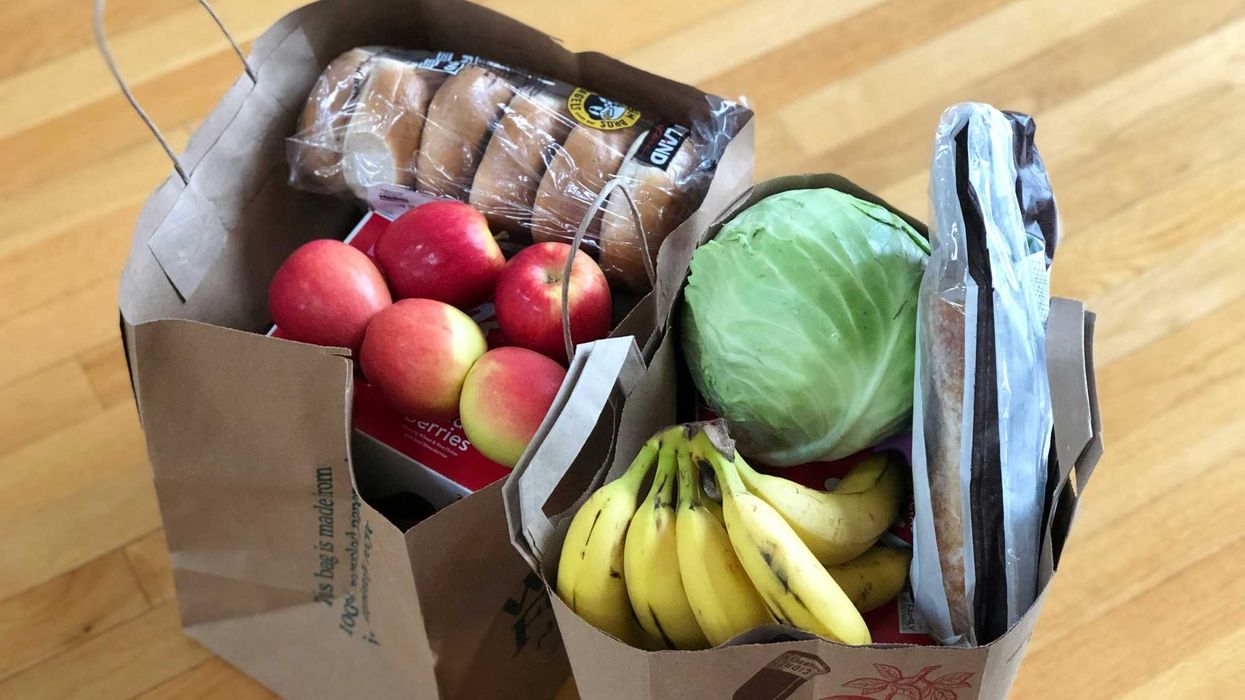A visit to the hospital can already be a stressful event for many. For those in the Seattle Latino community, language and cultural barriers present in the healthcare system can make the process even more daunting.
According to Leo Morales, a healthcare provider at UW Medicine’s LatinX Diabetes Clinic and co-director of the Latino Center for Health, communication difficulties are one of the most obvious barriers in healthcare for Latinos with limited English proficiency.
“There are few bilingual, bicultural healthcare providers of any kind in [Washington],” he said. “So, for the most part, people who are limited English proficient and Spanish-speaking encounter all sorts of barriers to accessing care, starting with entering into a building or trying to make a phone call to make an appointment.”
According to the U.S. Census Bureau, Latinos and Hispanics make up 14.6% of Washington’s population and 8.2% of Seattle’s population. The agency also reported that 9% of Washington’s total population speaks Spanish at home, with 40% of this demographic speaking English less than “very well.”
While the healthcare system often tries to accommodate non-English speakers by using interpreters, Morales said he finds such solutions to be imperfect at best.
“In terms of patient interactions, it’s a much different thing to have an interaction in someone’s native language than it is through an interpreter,” he said. “It’s not uncommon, for example, as a provider, to have somebody interpret, and this interpreter will have an entire conversation with a person and then turn around and give you a yes/no answer. And it’s like, wait a minute, what happened?”
Cultural barriers can also present a challenge in a healthcare setting for Latinos, particularly regarding food and nutrition, according to Morales.
For instance, he said those being treated for diabetes, a disease that disproportionately affects U.S. Latinos according to the Centers for Disease Control, will usually be provided nutrition education focused on foods associated with white American culture. However, some Latinos, particularly those who are first-generation, may lack familiarity with American foods or even access to those foods, depending on where they live, Morales said.
“If you go to South Seattle, for example, if you go to Burien or White Center, you’ll find Mexican markets,” he said. “Walk into a Mexican market after you’ve walked into a QFC, or Whole Foods, or Metropolitan Market, and you will understand what cultural difference is.”
Emely Diaz Barragan, a graduate student in the UW School of Public Health and intern for the Latino Center for Health, said certain cultural nuances can get lost when translating from Spanish to English.
For instance, she said the Spanish saying “la voluntad de Dios,” which roughly translates to “let God’s will be done” in English, often gets misinterpreted by those unfamiliar with the spiritual and religious values of Hispanic Latinos.
“If you say that to, for example, a white-presenting therapist with Americanized, westernized ideals, a lot of times they will take that and be like ‘Oh, they must be suicidal,’” Barragan said. “And it’s like, no. We just always say that to people that we care about.”
These kinds of barriers can lead to frustration, confusion, lower quality care, and negative health outcomes for Latinos. For example, a study found that 29% of Spanish-speaking patients reported that their medical problems were not addressed after a doctor’s appointment, compared to 10% of English-speaking patients.
Ricardo Moreno Garcia, a graduate student in the UW Department of Global Health, recalled his family’s own experiences with healthcare barriers following their move from Mexico to the Tri-Cities area in Washington about nine years ago.
Garcia’s father had an illness in his gallbladder that required surgery. However, he and his family were kicked out of the hospital because they didn’t speak any English. A month later, Garcia’s father collapsed, and he was rushed to the emergency room.
By this point, Garcia, who was 15 years old at the time, had learned some English and was able to act as a translator. Even so, Garcia had a very low-level understanding of English, making it difficult to translate the more complex medical terms.
While his father’s surgery ultimately went well, Garcia said he left the experience feeling many new emotions.
“I was feeling anxious, I was feeling depressed, I was feeling sad, angry, and even, to a point, I was feeling used,” Garcia said. “I was feeling that I was useless because I wasn’t able to help my family. I wasn’t able to help my dad because we didn’t know how to speak English in that moment, and that happened and is still happening right now.”
Morales said that Seattle, as a large urban city, has more resources to reduce these barriers than underserved rural areas, where these issues are more prominent. Even so, he said many Seattle Latinos still fall through the cracks.
While circumstances may differ among each individual Latino, Latino immigrants are generally the ones who encounter language and cultural barriers in healthcare the most, according to Morales. However, recent actions taken by President Donald Trump’s administration may only reinforce such barriers for this already vulnerable demographic.
There are concerns that Trump’s executive order designating English as the official language of the United States could reduce multilingual resources in sectors such as healthcare.
“What’s been a guiding principle for healthcare organizations is they need to provide language access of the language that their patients speak,” Morales said. “That’s always been the expectation. I don’t know how making English officially the language of the country changes that expectation, and that would be my concern there.”
Morales said he is also concerned that pre-existing financial barriers combined with the increased threat of deportation will further discourage Latino immigrants from visiting the doctor’s.
Nevertheless, there are organizations within Seattle working to reduce the language and cultural barriers faced by Latinos in healthcare.
The LatinX Diabetes Clinic, a subdivision of the UW Diabetes Institute Clinic, provides linguistically and culturally accessible care for Spanish-speaking Latino patients with diabetes. Additionally, the Latino Center for Health partners with community-based organizations to bring healthcare to hard-to-reach Latino populations in both rural and urban settings in Washington.
Still, Garcia said the push to address these kinds of healthcare barriers should primarily be coming from the local and state governments.
“People in charge of clinics and hospitals should make this change,” he said. “But who will make them do that change will be the senators, will be people with higher power, like the local government [and] Washington government.”
Morales said the issue of language and cultural barriers in healthcare is complicated, but the solution often gets reduced to simply providing more interpreters. Because of this, he said, a human element to this problem is often overlooked.
“I think you can lose the humanity of people when they’re ill, when any of us are ill,” Morales said. “The inability to access care for fear, or, even when people are accessing care, just not getting the kind of care that they should get because [they’re] running into barriers or not understanding how to navigate the system [means] people die sooner because of it … These are individuals, peoples, families, and they are in the fabric of our society. If you look around anywhere, you will see immigrants doing the work that needs to be done and doing it well.”
Cassie Diamond is a junior at the University of Washington double majoring in Journalism and Public Interest Communication and Political Science. She is passionate about telling stories that spread awareness about pressing issues and is interested in political and environmental topics.
Cassie is a student in Hugo Balta's solutions journalism class at UW. Balta, an accredited solutions journalism trainer with the Solutions Journalism Network, is the Fulcrum's executive editor. The Fulcrum is committed to nurturing the next generation of journalists.




















